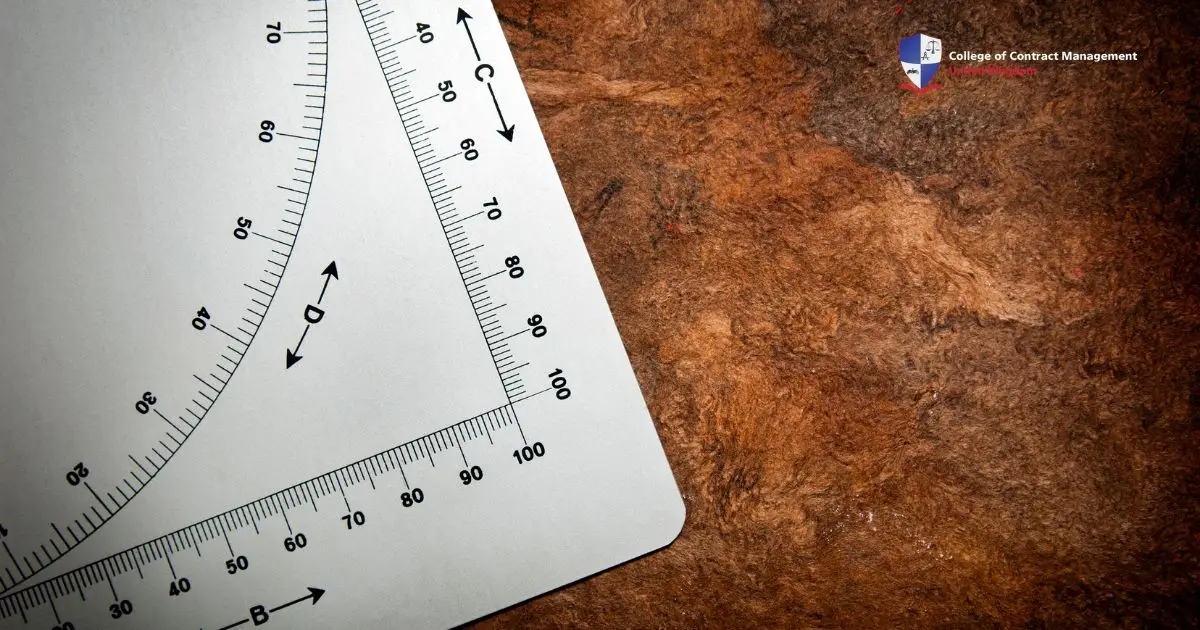Polygons are an important part of the construction, which shapes everything from buildings to bridges. One key concept from this shape is the exterior angle, which forms when a side of a polygon extends. These angles help builders and engineers measure corners, align structures, and ensure designs are accurate.
To ensure the measurements are right, we use the exterior angle formula. This formula helps to understand the relationship between angles in a polygon. In addition to that, it determines how much a shape turns at each vertex. As a result, we can easily find missing angles or ensure the proper alignment of structures. Let's break down the use and example of this counting!
What is the exterior angle formula?
The exterior angle formula helps determine the measure of an exterior angle in a polygon. The exterior angle of a polygon is the angle that comes from the extended side. It is the space between the extended side and the adjacent side of the shape. Moreover, exterior angles are closely related to interior angles, which are the angles inside the polygon.
To find the exterior angle, we can subtract the interior angle from 180° (180° - interior angle). However, this formula applies only when we know the interior angle. This is because the total exterior and interior angles add up to 180°. In short, this formula shows how much the angle extends outward and helps solve geometry problems like finding missing angles.
For regular polygons, where all sides and angles are equal, there is a simpler way to find each exterior angle. Since the total of exterior angles always adds up to 360°, we can divide it by the number of sides (360 ÷ n). This formula is useful because it quickly tells the measures of each exterior angle without calculating the interior angles first.
The purpose of using the exterior angle formula
The exterior angle formula is useful for many reasons. Engineers and architects use it to design buildings, roads, and bridges. If the measurement is wrong, the building could be unsafe due to poor design. At the same time, construction workers also rely on this formula to ensure all parts of a structure fit together. In short, this formula helps workers to ensure that everything they build is precise.
Besides construction, land surveyors can also make use of it for measuring land. Surveying involves mapping and measuring land areas. This process often uses traverse surveying, which relies on angles between points. For that reason, the formula of exterior angle helps surveyors determine missing angles when plotting boundaries or calculating land area. As a result, it provides a quick way to ensure accuracy in land mapping.
Examples of using exterior angle formula
The exterior angle formula helps us find the measure of an exterior angle in a polygon. In fact, the formula states that the sum of all exterior angles of any polygon is always 360°. This makes it useful when solving for unknown angles in different geometric shapes. As a result, it makes the work of engineers or surveyors easier.
Now, let’s look at how we can use this formula to solve problems. On this occasion, we'll show how to calculate exterior angles in various scenarios.
Finding the exterior angle of a regular polygon
A regular polygon is a shape where all sides and angles are equal. In other words, this shape has the same measure of exterior angle. To find those angles easily, we can use the exterior angle formula. For example, in a regular pentagon that has 5 sides, we can divide 360° by the number of the sides (n). This formula allows us to accurately measure each exterior angle. Here’s how it works:
Exterior angle = 360°n = 360°5 = 72°
Checking angle measurements in land surveying
A land surveyor measures a quadrilateral-shaped plot of land to ensure accurate boundary mapping. For example, they know three of the exterior angles: 85°, 95°, and 80°. However, the sum of all exterior angles in any polygon is always 360°. To find the missing angle, they subtract the known angles from 360°. Here's how it works:
360°- (85°+95°+80°)= 360° - 260° =100°
Verifying angles in construction
When measuring angles on a construction site, we can use the exterior angle formula to check if the angles are correct. To get this, we can measure an exterior angle and compare it to the sum of the interior angles. For instance, an architect designs a 6-sided window and needs to ensure all angles are measured correctly. To verify the accuracy, they use the formula to find the exact number. After that, they check each angle to find out if there are any errors. Here's an example:
Exterior angle = 360°n = 360°6 = 60°
How to use the exterior angle formula
The exterior angle formula is a useful tool in geometry, and it can be helpful in construction. This angle exists when we extend one side of a shape. For any polygon, no matter how many sides it has, the total of all the exterior angles is always 360°. In the meantime, it's easier to find exterior angles on a regular polygon because all the sides are the same. We can find the exterior angle by dividing 360° by the number of sides.
In construction, using this formula can help us set out our design accurately. The exterior angle is important because it tells us exactly how much to turn at each corner. For instance, when we're laying out the foundation or cutting the materials for the frame. This method is helpful when working on a project with unusual shapes. As a result, it ensures that every corner is just right.
Using the exterior angle formula makes construction work more accurate and helps ensure that everything fits together. It makes the building process easier and reduces mistakes, which means less wasted material and a stronger structure. Overall, mastering the formula of exterior angle isn’t just a math exercise. This is a practical skill that can make construction projects smoother and more successful.
Learn more about where angles go in the CCM
In conclusion, the exterior angle formula is a simple yet powerful tool in both geometry and construction. It helps you figure out how much you need to turn at each corner of a shape. Besides, it is useful when you're building or mapping out an area. This makes it an essential tool for anyone involved in construction, design, or land surveying. In short, this helps make projects safer and more efficient.
If you’re looking to build a rewarding career, the College of Contract Management is your gateway to success. The college provides courses that not only help to grow a career but also personal development. Just like finding the right angle, the college ensures that you achieve your goal precisely. So, why wait? Start the path to a great career with the CCM!





